The concept involves utilizing the naturally cold regions of the Moon to preserve the genetic material of endangered species.
Mary Hagedorn, the lead author of the study from the Smithsonian National Zoo and the Institute of Conservation Biology, explained that the idea stemmed from a desire to protect species in need of cryopreservation, in a passive biorepository similar to the Global Seed Vault in Svalbard.
Researchers propose using permanently shadowed regions (PSRs) of the Moon to create a biorepository. These areas, shielded from sunlight by deep craters, are among the coldest places in the Solar System, with temperatures reaching -196°C.
The process involves cryogenic storage of samples on Earth, placing them in radiation-protected containers, and transporting them to the Moon. Once there, the containers would be located in PSRs and buried under two meters of lunar soil.
The project's implementation faces numerous challenges, particularly the difficulty of operating humans and robots in extremely low temperatures. An alternative solution could involve using future lunar cement technologies to protect the containers.
Scientists are starting small, focusing on preserving skin samples with fibroblasts from the Starry Goby fish. More than 100 individuals of this species are being used to develop cryopreservation protocols for the lunar biorepository.
In the future, the preserved cells could potentially be used for cloning new organisms in the event of species extinction on Earth. Hagedorn emphasizes that this is one of the few projects leveraging space for the protection and biosafety of Earth's ecosystems.
This concept is elaborately described in the journal BioScience.
Source: Interesting Engineering






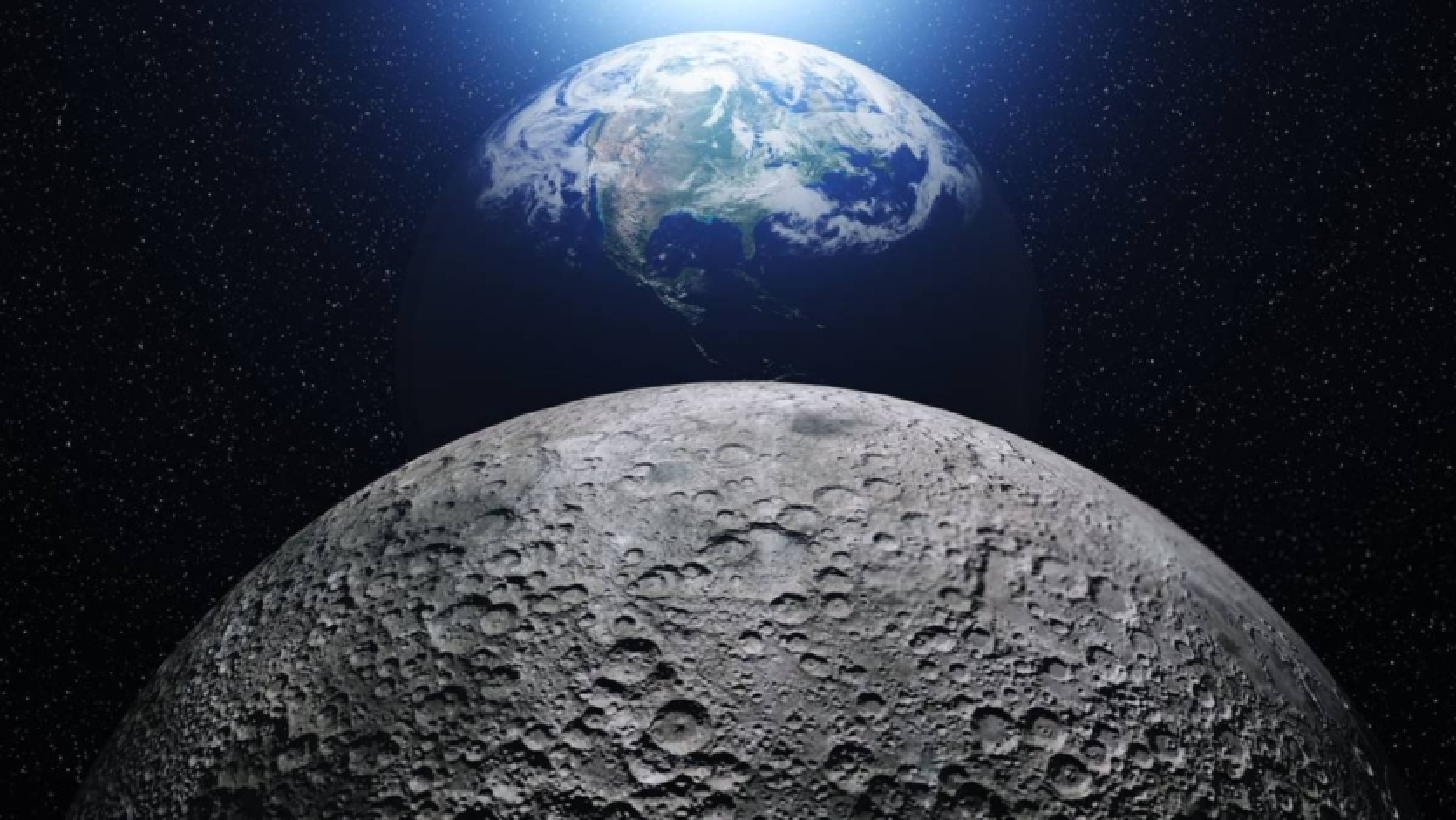


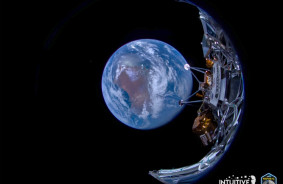

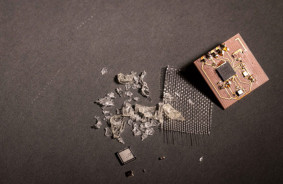
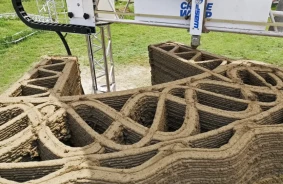
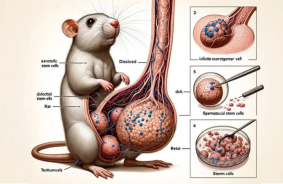
Comments (0)
There are no comments for now